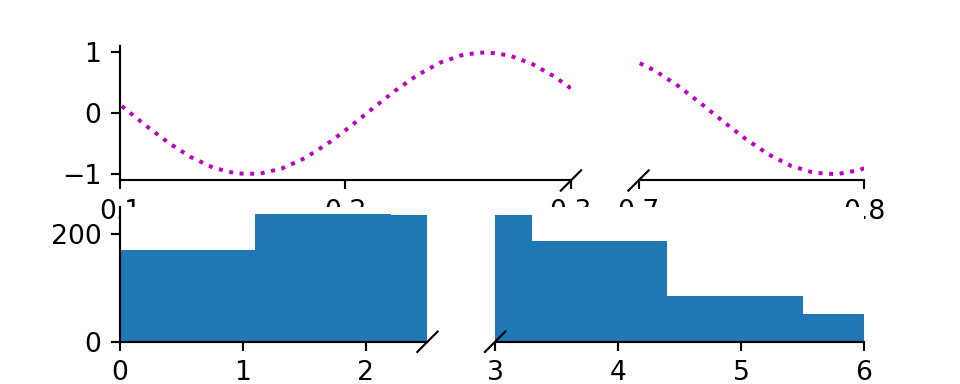

- #RMARKDOWN PLOT HOW TO#
- #RMARKDOWN PLOT INSTALL#
6.11.1 Controlling the family-wise error rate when all tests are testing the same hypothesis. 6.11 Multiple testing and controlling for false positives. 6.9 On using p-values in experimental biology. 6.7.5 Misconception: a low p-value indicates high model fit or high predictive capacity. 6.7.4 Misconception: a low p-value indicates an important effect. 6.7.3 Misconception: 0.05 is the lifetime rate of false discoveries. 6.7.2 Misconception: a p-value is repeatable. 6.7.1 Misconception: \(p > 0.05\) means there is no effect of treatment. 6.7 Some major misconceptions of the p-value. 6.6.3 Two interpretations of the p-value. 6.6.2 This book covers frequentist approaches to statistical modeling and when a probability arises, such as the p-value of a test statistic, this will be a frequentist probability. 6.6 frequentist probability and the interpretation of p-values. 6.5 Parametric vs. non-parametric statistics. 6.4 P-values from the perspective of permutation. 6.3 A null distribution of t-values – the t distribution. 6.2 Pump your intuition – Creating a null distribution. 6.1 A p-value is the probability of sampling a value as or more extreme than the test statistic if sampling from a null distribution. 5.7.1 95% of 95% CIs of the difference include the true difference. 5.7 Confidence limits of a difference between means. 5.6.1 The standard error of a difference between means is the standard deviation of the sampling distribution of the difference. 5.6 Standard error of a difference between means. 5.5.4 A plot of a “parametric” CI vs. bootstrap CI of the means. 5.5.2 Interpretation of a confidence interval. 5.4.1 An example of bootstrapped standard errors. 5.3.2 Using R to generate fake data to explore the standard error. 5.3.1 Using Google Sheets to generate fake data to explore the standard error. 5.3 Simulations – using fake data as an intuition pump. 5.1 Standard errors are used to compute p-values and confidence intervals. 5 Variability and Uncertainty (Standard Deviations, Standard Errors, and Confidence Intervals).  Part III: Some Fundamentals of Statistical Modeling.
Part III: Some Fundamentals of Statistical Modeling. #RMARKDOWN PLOT HOW TO#
4.2.9 How to add the interaction effect to response and effects plots.4.2.8 How to combine the response and effects plots.4.2.6 How to generate a Response Plot with a grid of treatments using ggplot2.4.2.5 How to generate a Response Plot using ggpubr.4.2.4 How to use the Plot the Model functions.4.2.3 Be sure ggplot_the_model is in your R folder.


4.1.3 Combining Effects and Modeled mean and CI plots – an Effects and response plot.4.1.2 Pretty good plot component 2: Modeled mean and CI plot.4.1.1 Pretty good plot component 1: Modeled effects plot.4.1 Pretty good plots show the model and the data.3.5.2 Reshaping data – Transpose (turning the columns into rows).3.2 Use the here function to construct the file path.3.1 Long data format – the way data should be.3 Data – Reading, Wrangling, and Writing.2.11 Let’s play around with an R Markdown file.2.10 Create and setup an R Markdown document (Rmd).2.9 Working on a project, in a nutshell.2.8 Create an R Studio Project for this textbook.2.4 If you didn’t modify the workspace preferences from the previous section, go back and do it.2.3 Open R Studio and modify the workspace preference.
#RMARKDOWN PLOT INSTALL#
2.2 Download and install R and R studio.2 Getting Started – R Projects and R Markdown.This, raises the question, what is “an effect”? 1.1 This text is about using linear models to estimate treatment effects and the uncertainty in our estimates.1 Analyzing experimental data with a linear model.including mapping between linear models and classical tests.Why bother with linear models – aren’t t-tests and ANOVA good enough?.








 0 kommentar(er)
0 kommentar(er)
